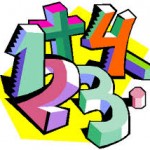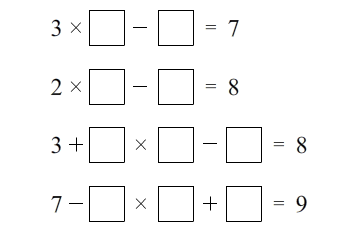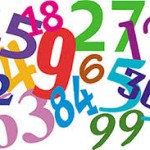
“Excellence is the gradual result of always striving to do better.” – Pat Riley
Today’s puzzle is a Number Sense Puzzle. They are geared for younger puzzlers to help them improve their number sense. However, many have requested more challenging puzzles, so I have included a second more challenging puzzle for older puzzlers (just click the link below). In each, there are 8 statements each corresponding to a number. You have to use the numbers 0 through 9 once and only once to fill in the correct number for each statement. You will need to use and develop your deductive problem solving skills in order to correctly place the numbers. Since there are only 8 answers and 10 numbers (0 through 9), some of the answers will require two digits.
click here for the more challenging number sense puzzle
I created an interactive puzzle that will automatically check your answers and provide feedback. I also created a pdf file that can be used in classrooms or with pencils for those so inclined. The goal is to have fun and challenge yourself.
select Check when complete to check your answers
I hope you enjoy these puzzles. If you find these interesting, Click Here for a selection of more Number Sense puzzles that I’ve created. I will be adding to the selection over time. Good Luck and pass the puzzles onto others who may enjoy them!







